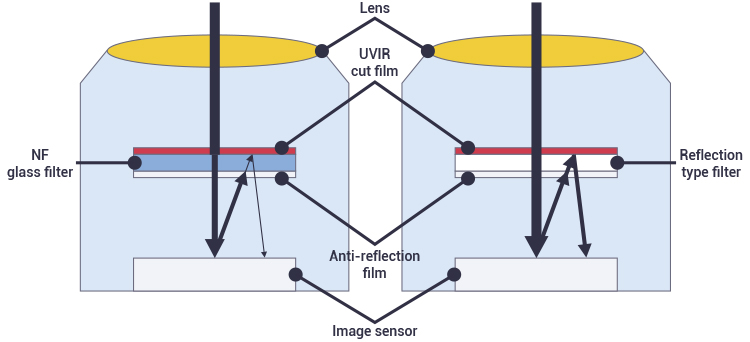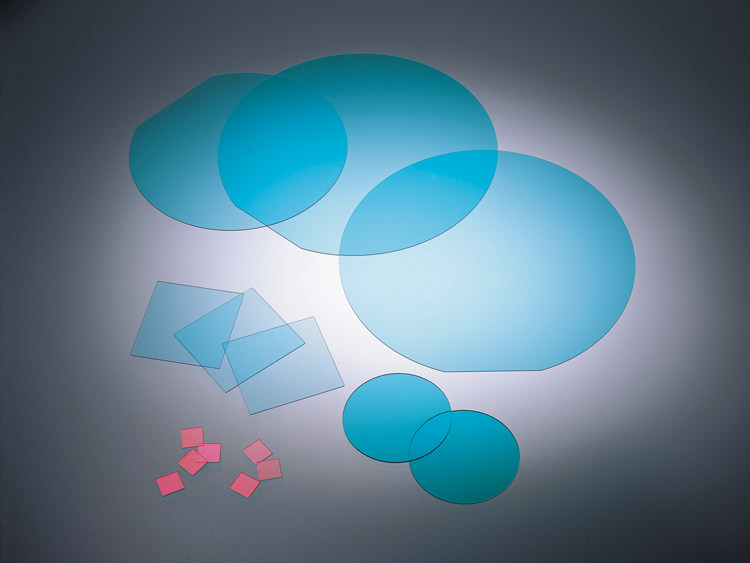This glass filter adjusts a sensitivity of CCD and CMOS image sensors (which are used in digital cameras such as cell phone cameras, security cameras, and vehicle cameras) to the spectral sensitivity of the human eye. It features a basic composition of fluorophosphate glass, so it has outstanding acid resistance, water resistance, and strength.
Applications
- Digital single-lens reflex camera, compact camera, smartphone camera, cameras for automobiles, surveillance camera, etc.
Features
- It contributes to excellent image quality with absorption type
- It reduces ghosting and flares which have a bad influence on the image quality.
- Incident angle dependence of spectral transmittance is small, and it balances the color of the entire picture.
- It retains an integrated production system in a range from glass melting to forming/processing.
- We respond to the customers’ requirements including technical support through the accumulated production technology know-how.
- It also supports anti-reflection coating and UVIR cut film.
- The variety of lineups are available so as to meet the spectral characteristies by the customers’ requirements.
Effect of NF glass filter
A comparison between a NF glass filter and a reflection type filter by AGC in the cameras of the same model is shown in the below picture. In Picture 1 and Picture 2, ghosting and flares which occur in the center of the flame of the candle are restricted by using a NF glass filter, ensuring that a more natural color is displayed. In Picture 3 and Picture 4, strong ghosting and flares which occur due to the sunshine filtering through the foliage are restricted by using a NF glass filter, making the shape of the trunk of a tree clear, and the leaf color displayed in a natural color.
Example comparison
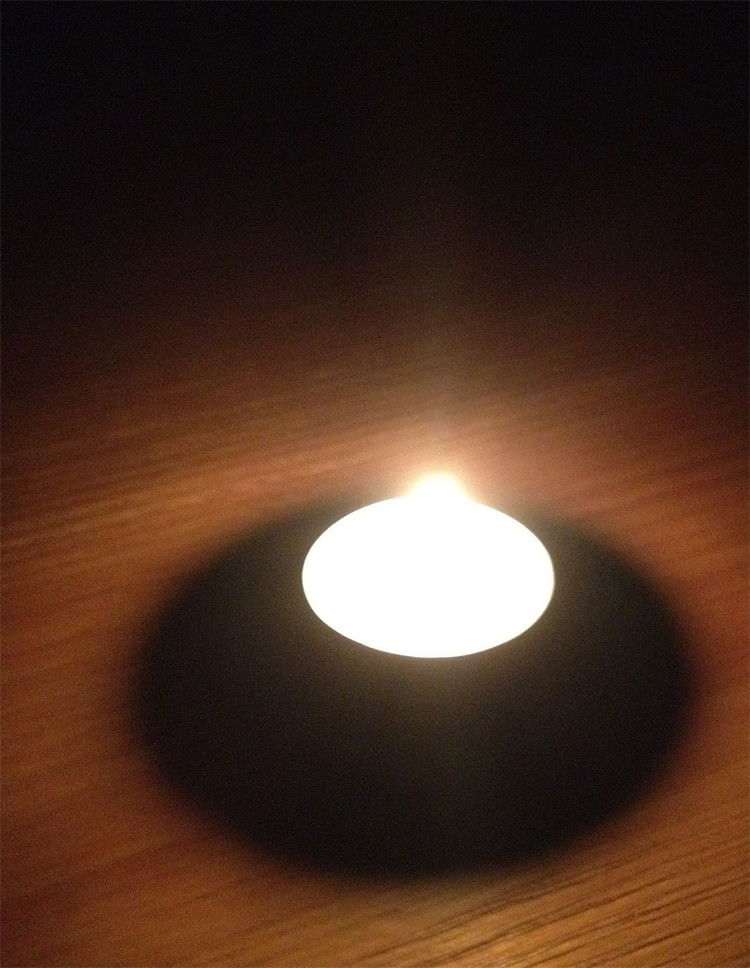 Picture 1. Use of NF glass filter
Picture 1. Use of NF glass filter
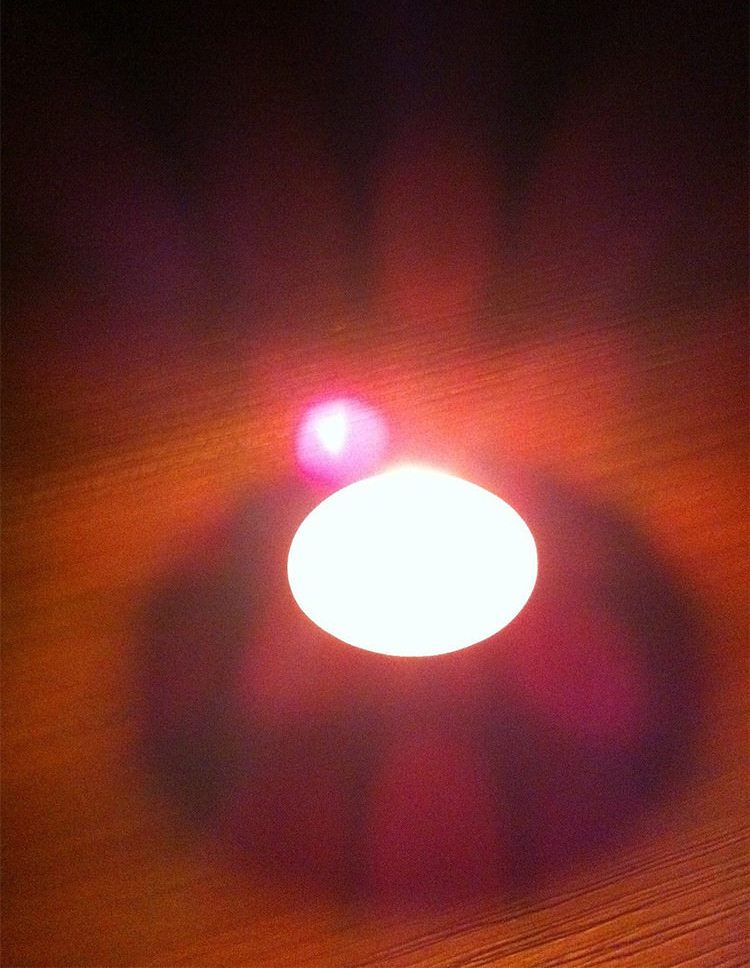 Picture 2. Use of reflection type filter
Picture 2. Use of reflection type filter
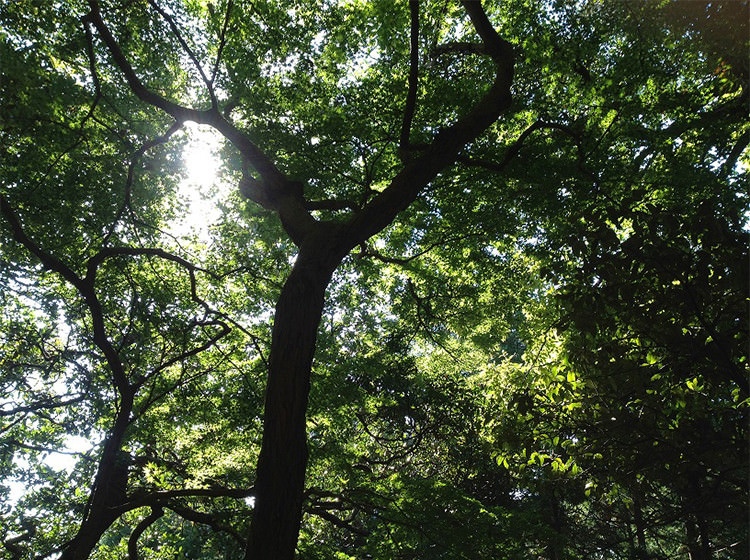 Picture 3. Use of NF glass filter
Picture 3. Use of NF glass filter
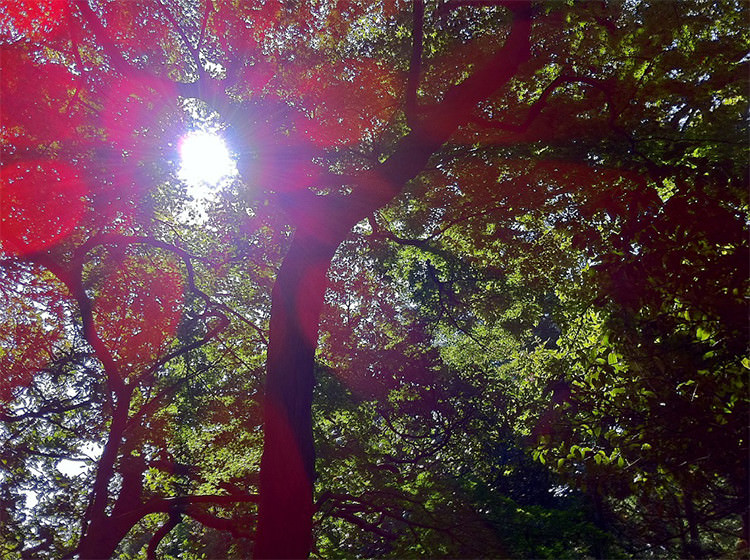 Picture 4. Use of reflection type filter
Picture 4. Use of reflection type filter
Principle of restricting ghosting and flares
Example of configuration from lens to image sensor is shown in the below figure. In a reflection type filter, the reflected light from the image sensor surface is reflected again with a UVIR cut film, and multiple reflections occur between the two surfaces. On the other hand, in the case of a NF glass filter, significant reduction of ghosting and flares is made possible as infrared wavelength which is unnecessary light is absorbed. This effect is more remarkably demonstrated in a photographing in which the lens is turned towards the light source like a backlight, etc.
